Dell Latitude 5290 review: Getting down to business
Dell’s Surface Pro clone has its eye on the business market
There are less expensive detachable alternatives, but strong performance, slimline design and good connectivity make the Latitude 5290 an attractive choice for business travellers.
-
+
USB-C and USB-A ports; Strong performance; On-site warranty
-
-
Only 1920 x 1280 display; Noisy keyboard

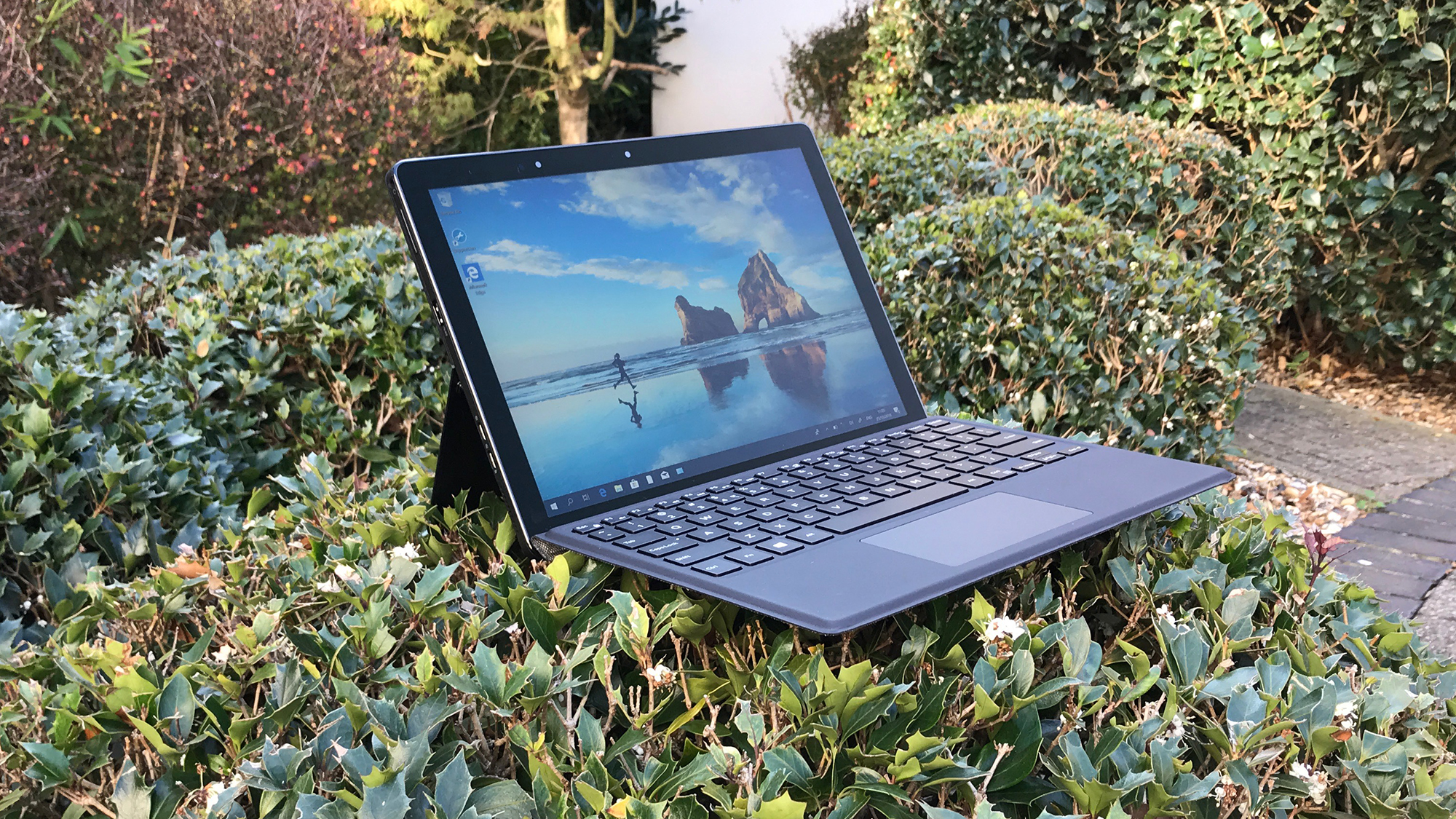
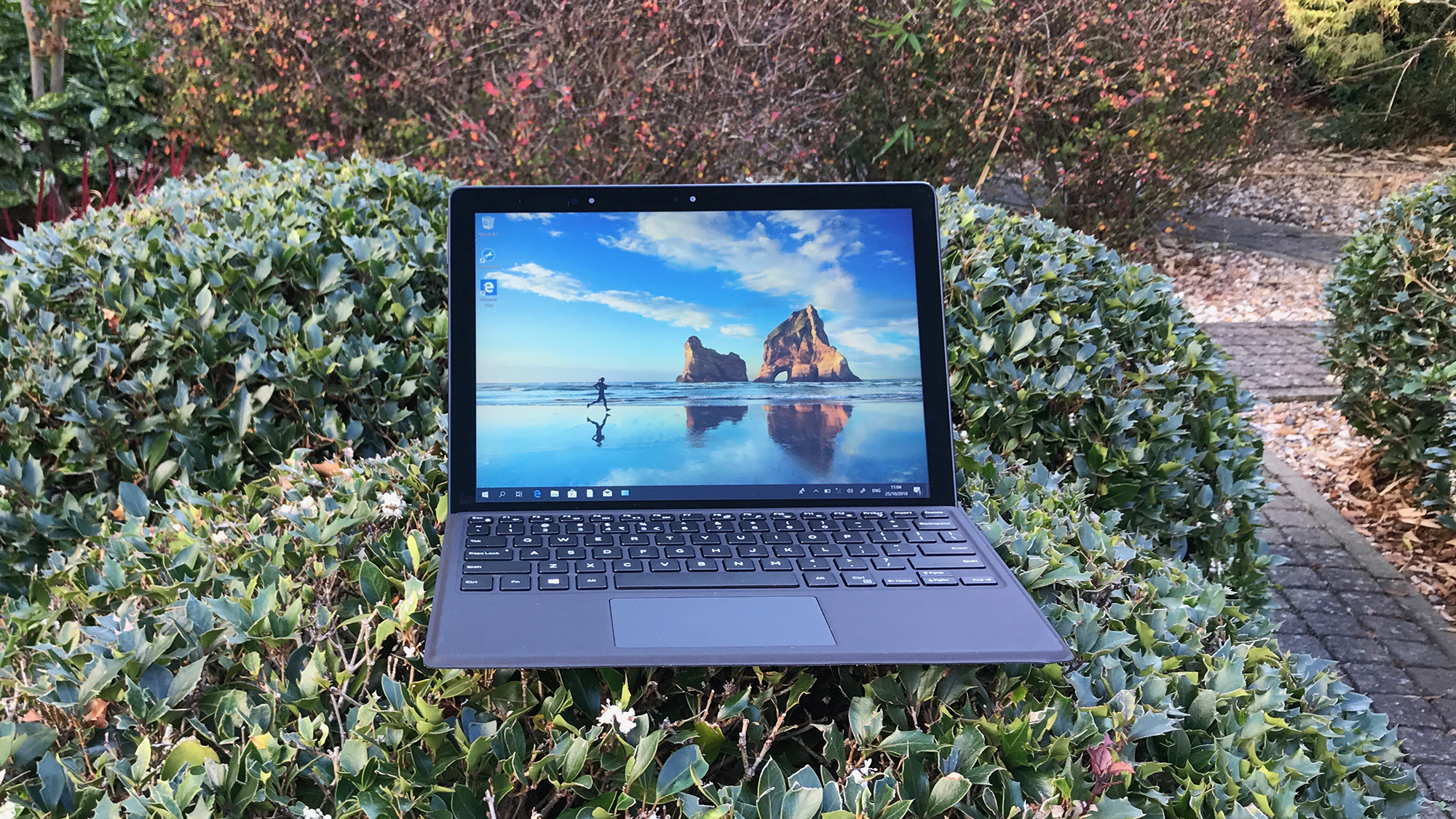
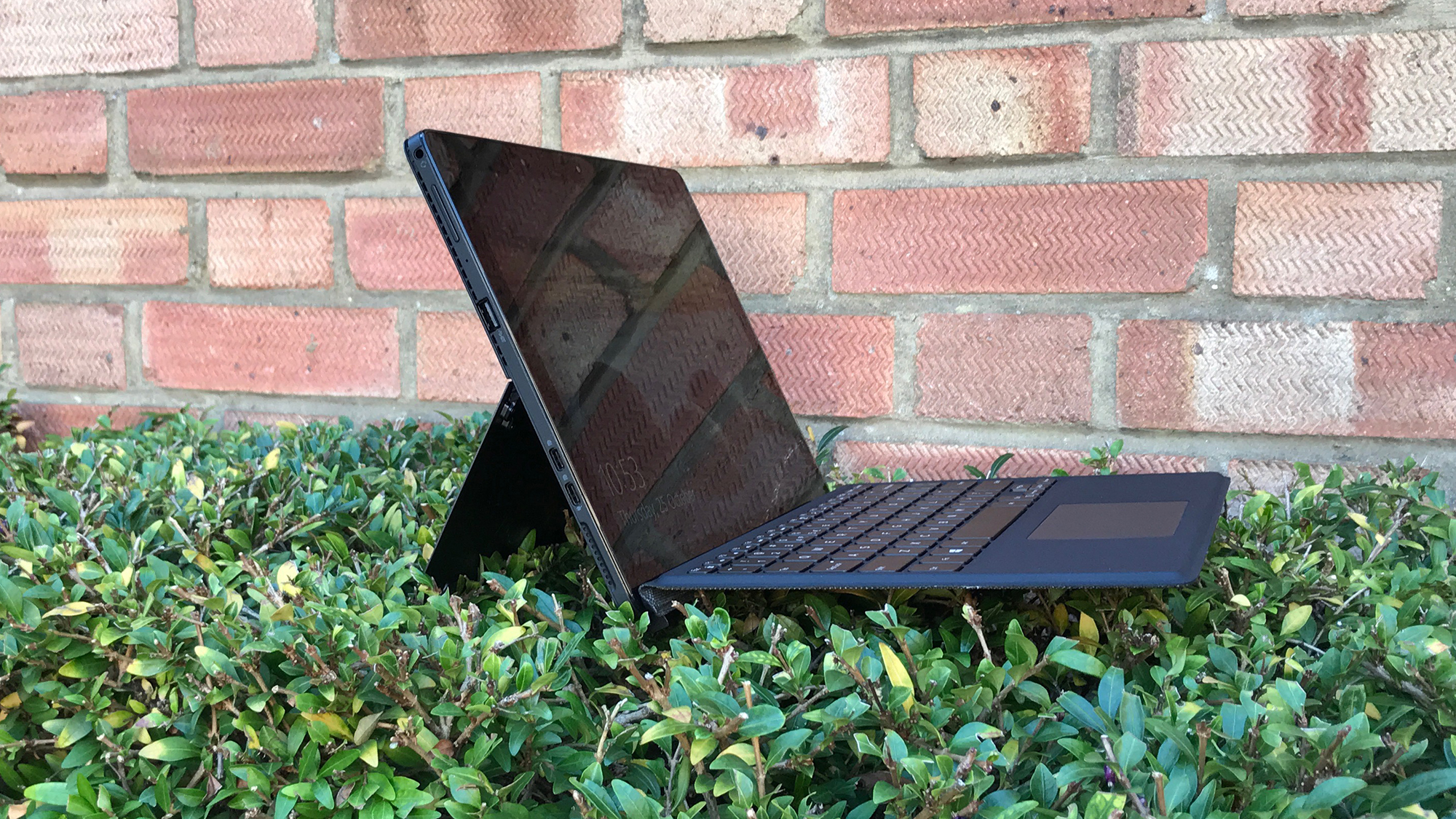
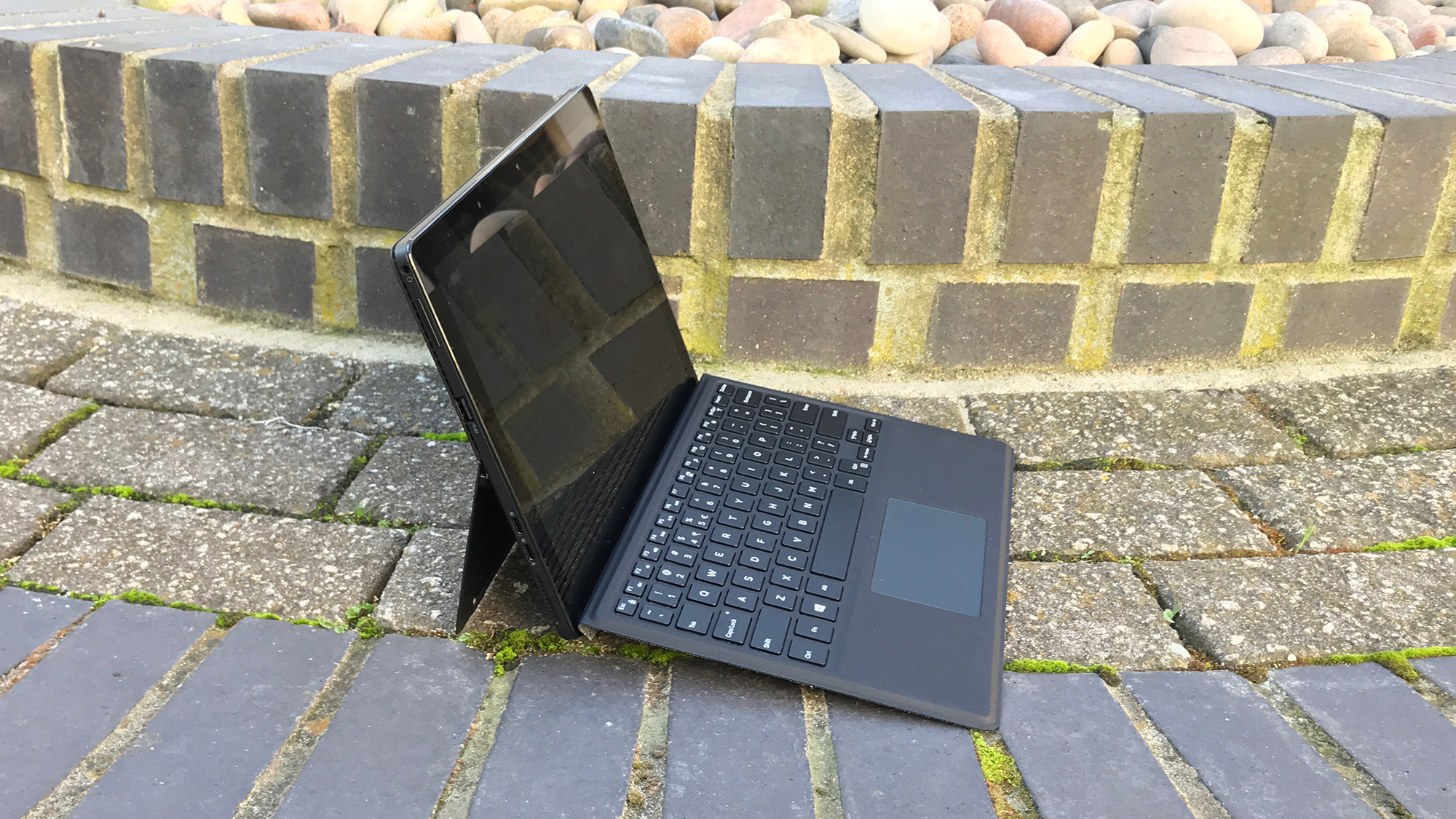
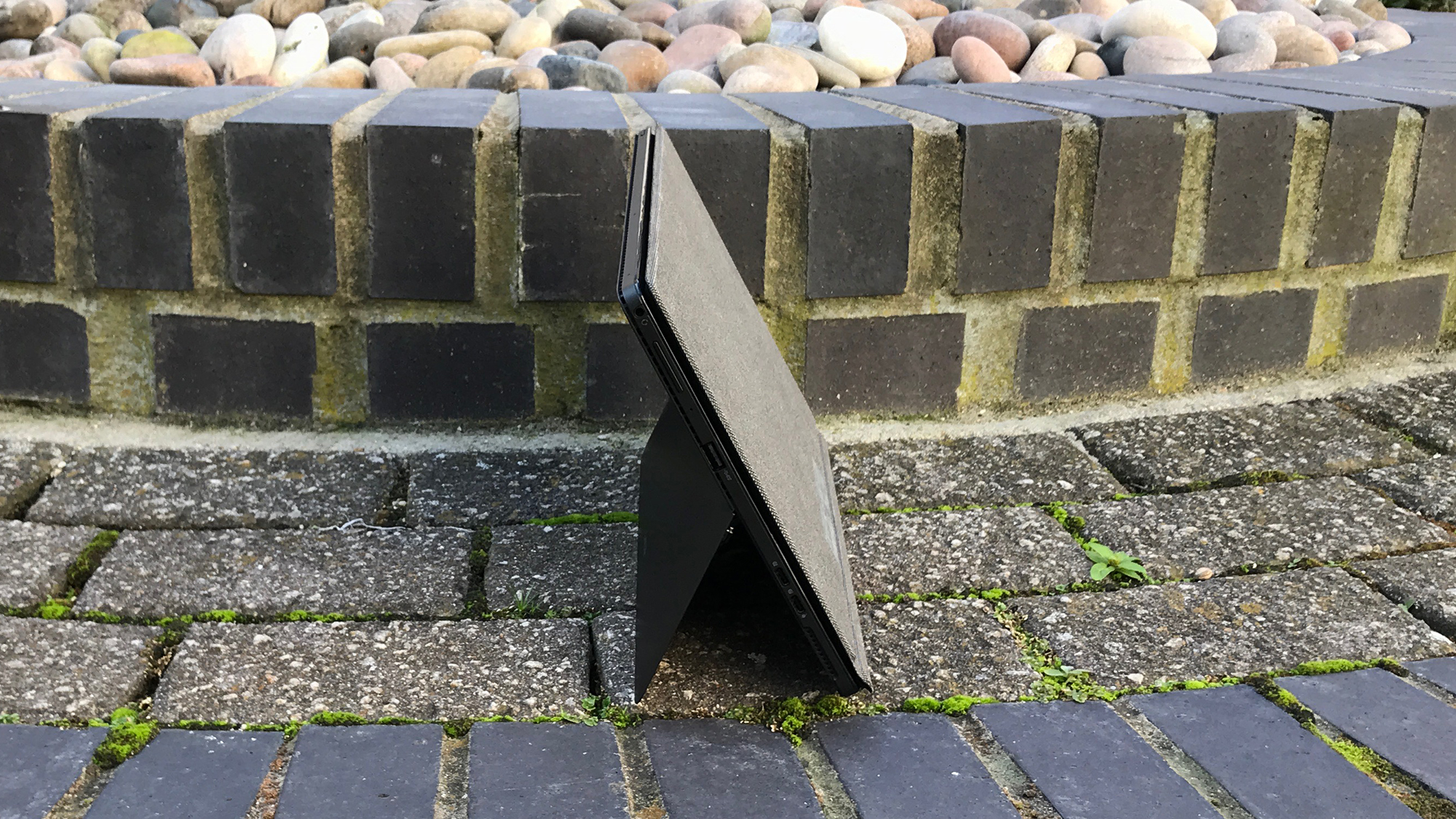
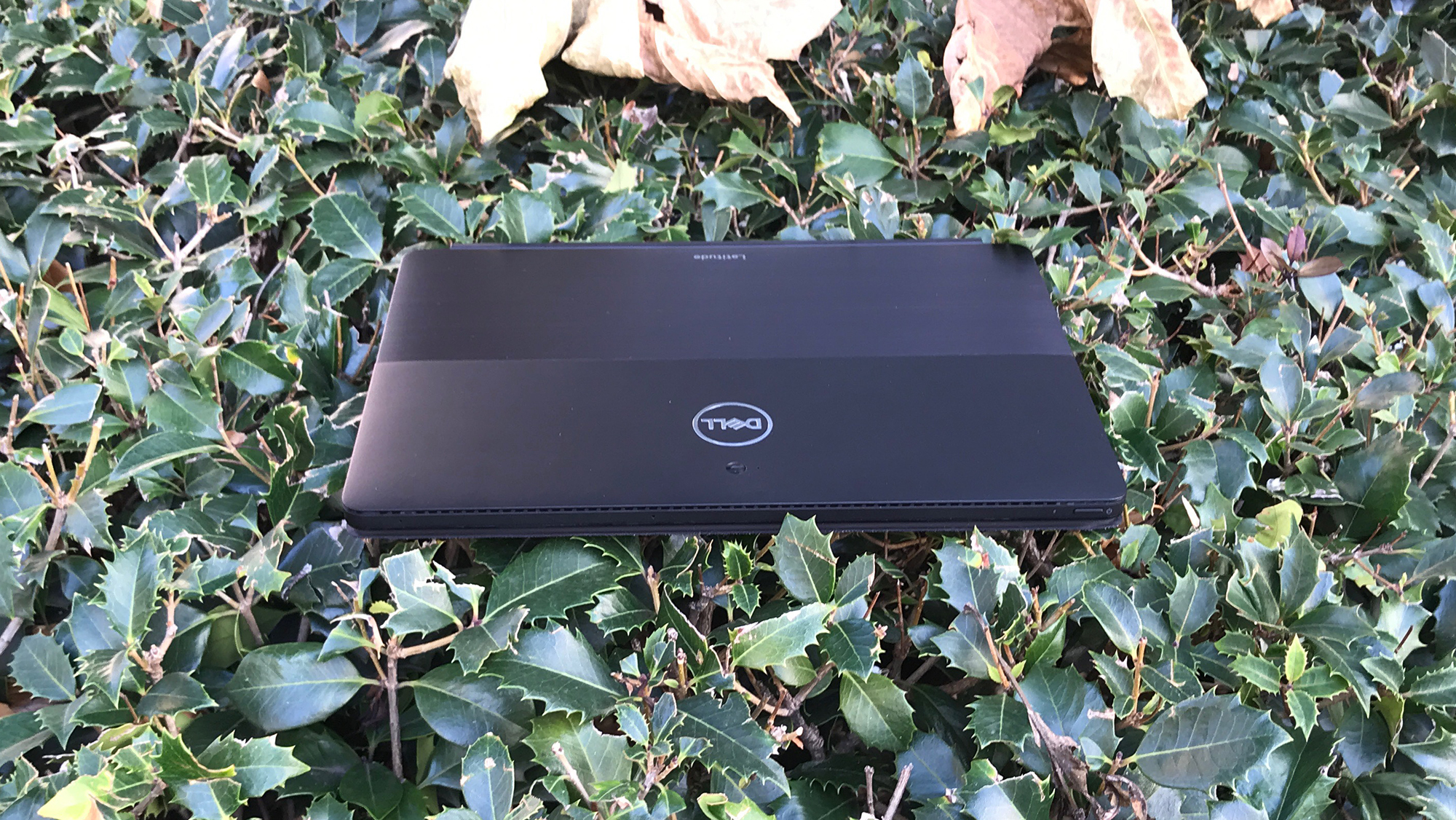
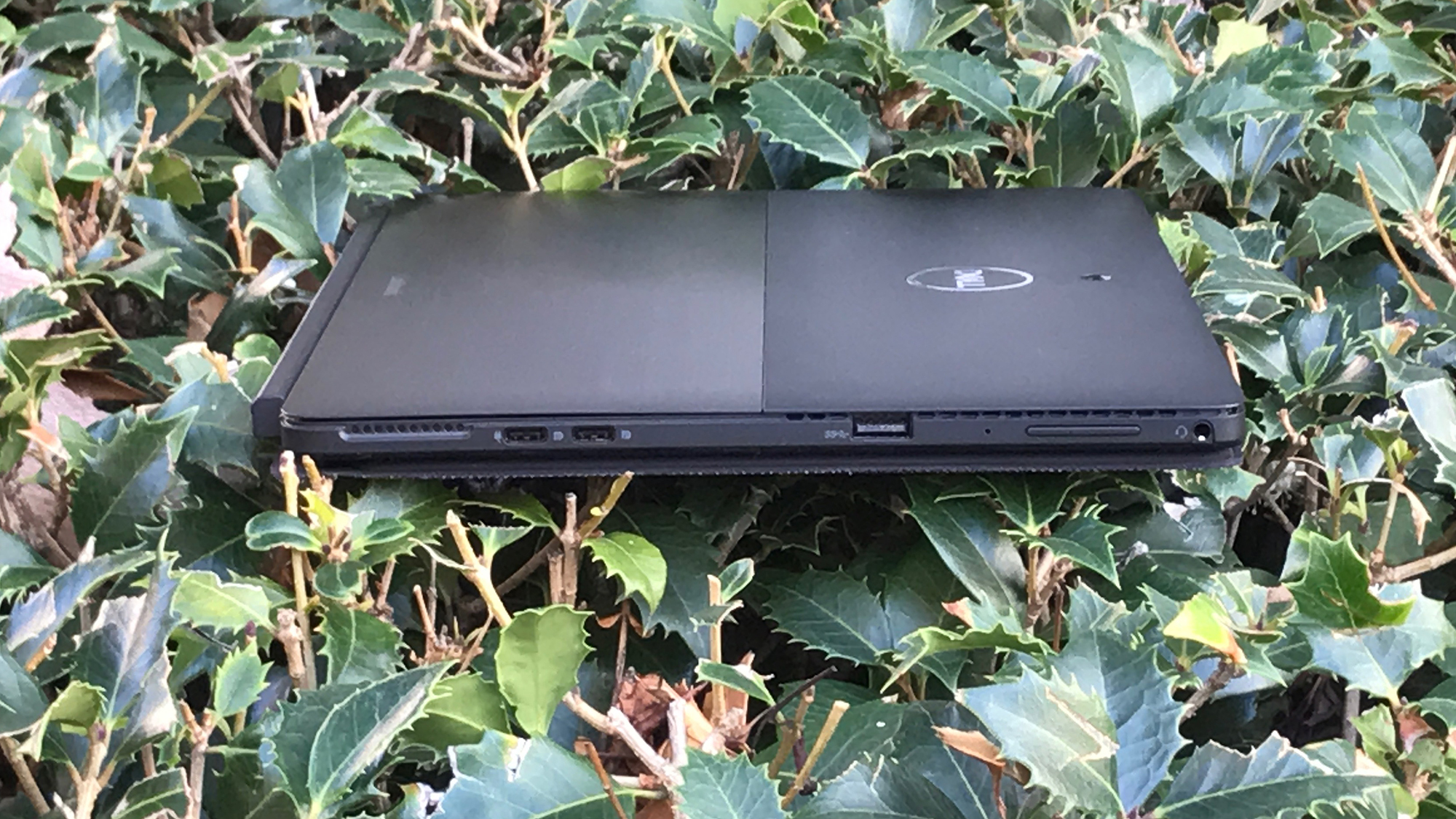
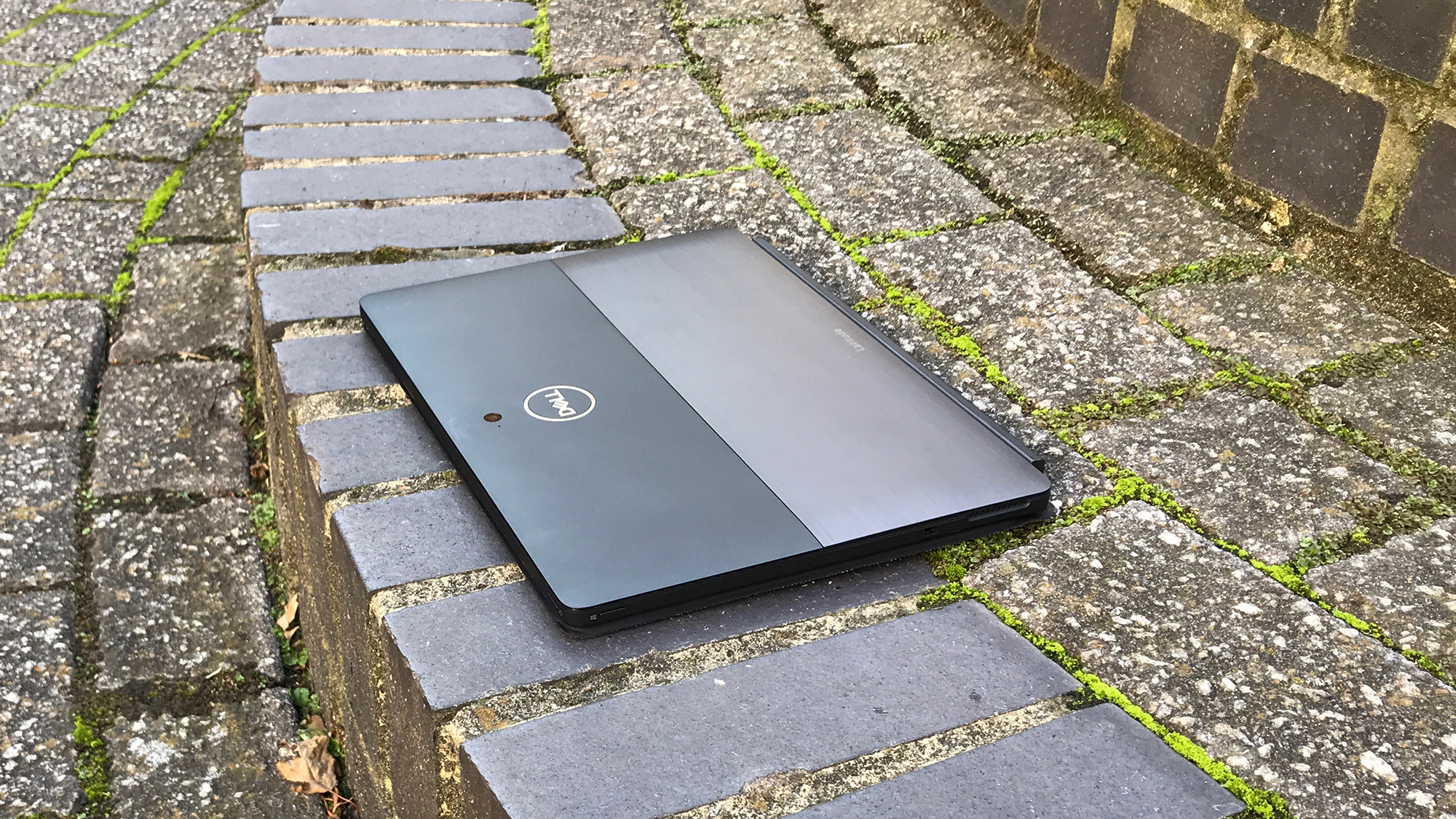
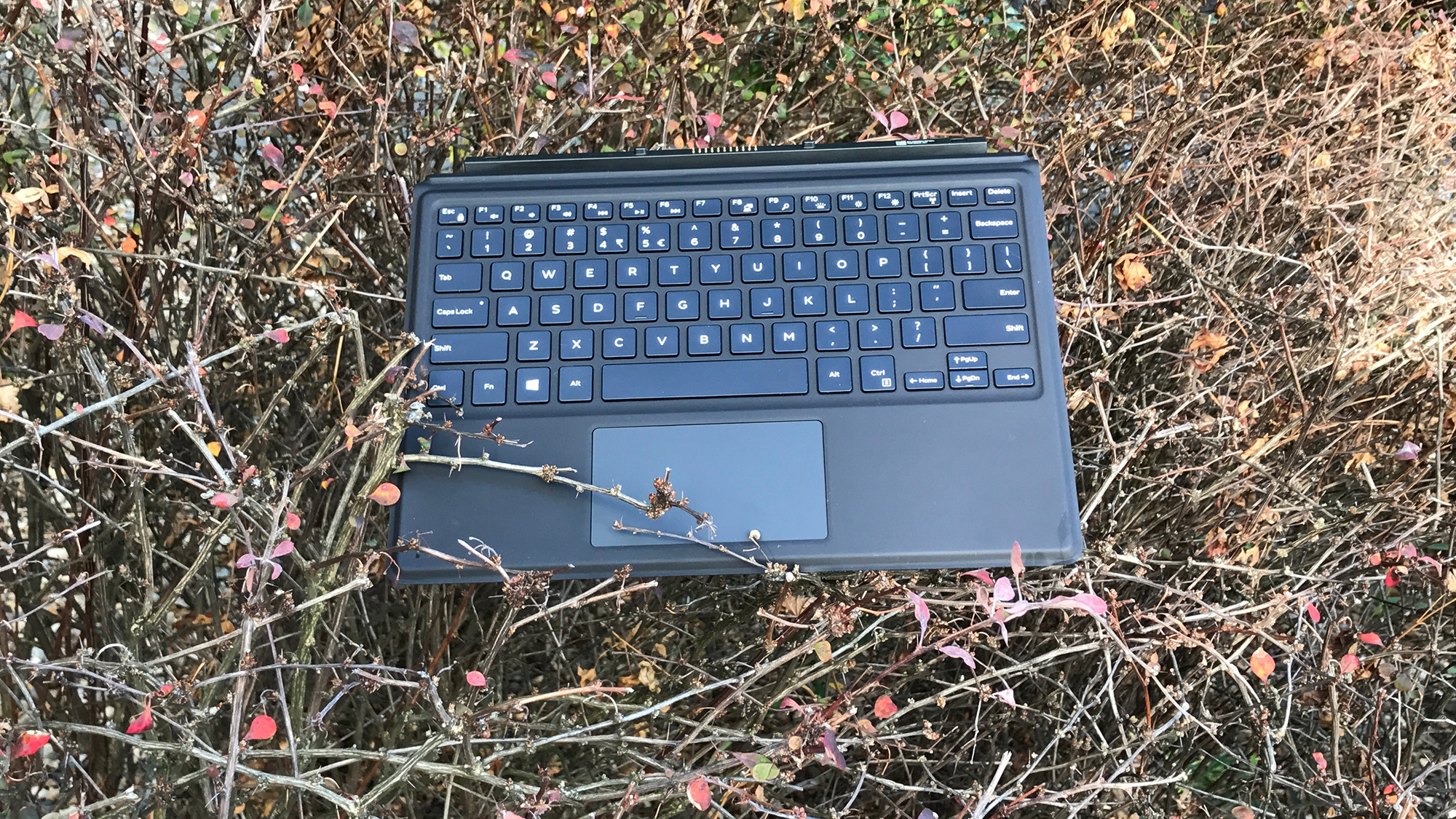
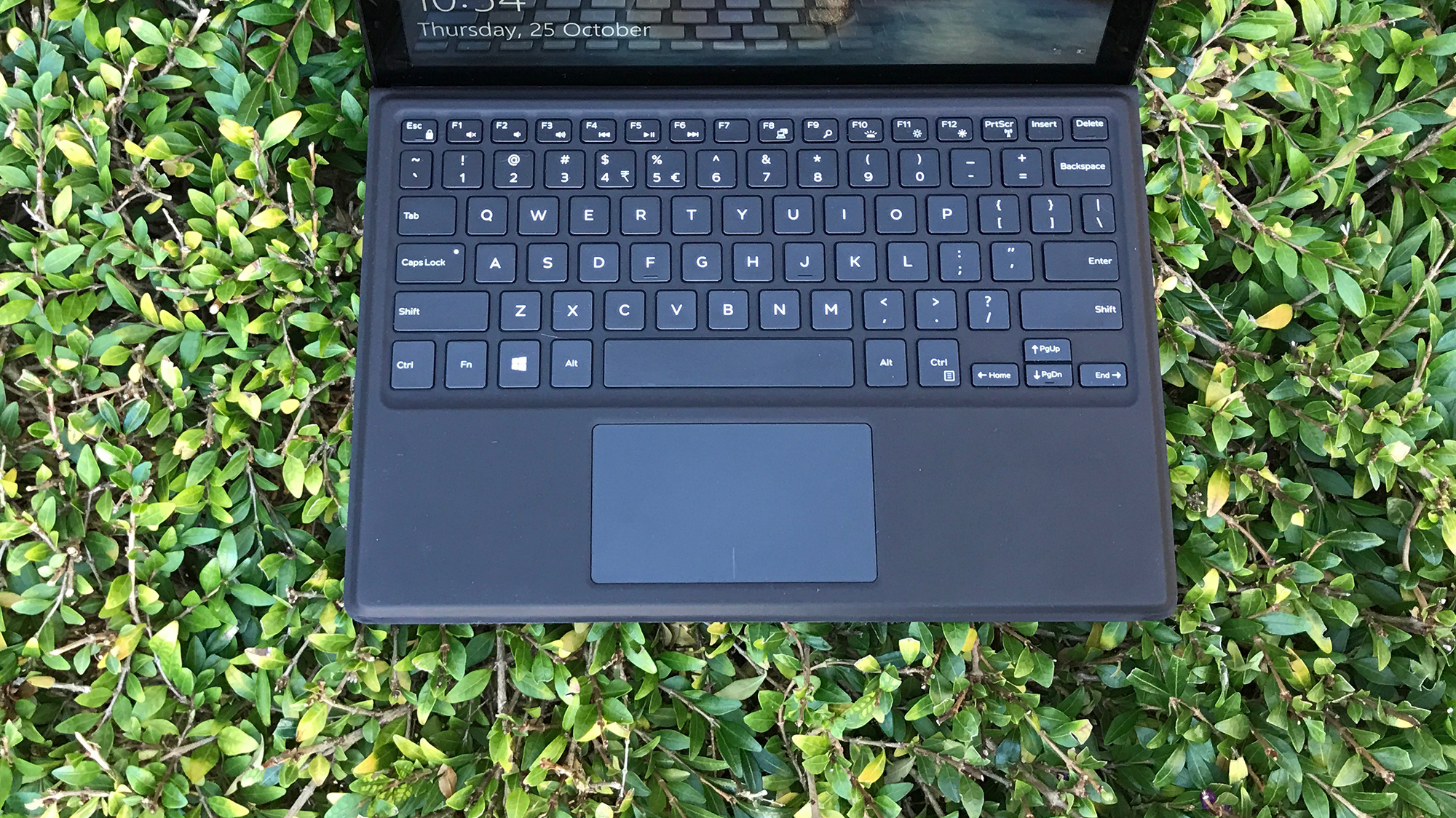
Dell isn't going to win any awards for originality with the latest version of its Latitude 5290 detachable, which quite unashamedly mimics Microsoft's Surface Pro range - which, of course, has also been updated recently with the new Surface Pro 6.
The Latitude 5290 is also more expensive than its Microsoft rival, although it aims to earn its keep with features such as Windows 10 Pro and an on-site warranty that are specifically designed for business users.
Sold as just a tablet, the Latitude 5290 starts at 1,123 exc VAT (or 1,324 inc. VAT), which includes a quad-core Intel i5-8250U running at 1.6GHz, along with 8GB of memory and 256GB solid-state drive. That's considerably more expensive than the 958 exc VAT (or 1,149 inc. VAT) of a Surface Pro 6 with similar specification. But, as mentioned, Dell does include Windows 10 Pro and a one-year on-site warranty for business users, as well as its own Dell Data Protection software suite for IT managers.
Dell Latitude 5290 review: Design
At first glance, the Latitude 5290 looks strikingly similar to the Surface Pro 6, with the only immediate difference being Dell's choice of a dark grey finish for both the tablet section and the optional Travel Keyboard, rather than the black or platinum colours offered by Microsoft. Both tablets house a 12.3in screen, with identical kickstands that fold out from the back of the unit, and a set of magnetic connectors that allow you to quickly connect or detach the keyboard as required.

But peer a little closer and a few differences start to emerge. The Latitude 5290 is 2mm thicker than its Microsoft rival, at 10.6mm. It's a little heavier too, weighing 857g on its own, or 1.2kg with the keyboard, while the Surface Pro 6 is 770g, going up to 1.16kg with Microsoft's Type Cover. In practice, though, you'd be hard pushed to see or feel the difference, and we liked the solid build of the Latitude 5290, which felt more than sturdy enough to cope with the occasional bump in a bag when you're on the road.
Dell Latitude 5290 review: Ports And Peripherals
The Latitude also has better connectivity, with two USB-C ports -- either of which can be used to charge the device -- along with a standard USB 3.1 port. The USB-C ports also double up as DisplayPort connectors for using an external monitor, although you'll need to supply a suitable DisplayPort adaptor of your own. You can optionally upgrade these to Thunderbolt 3 ports if you want faster data transfer speeds.
And, unsurpringly, Dell's Travel Keyboard looks and feels very similar to Microsoft's TypeCover keyboards for the Surface range. The slimline keyboard panel measures just 5mm thick, so it doesn't add too much bulk to the laptop when you're carrying it around. It's relatively heavy, though -- 344g compared to 245g for the Signature Type Cover -- but the total weight is still just 1.2kg, so it's not going to be too much of a burden on the road. It's solidly built too, angling slightly upwards and providing good support for your hands and wrists. The keys travel well, and feel responsive enough to type at speed, and our only minor complaint is that the keys do tend to rattle a bit and can be quite noisy if you're a fast typist.
Make sure you buy the keyboard at the same time as the tablet itself, however, as you may end up getting stung for more than you expected. When bought alongside the Latitude, the travel keyboard cost 96 (reduced from 147, we might add) but when bought separately it has a whopping list price of 193 - almost double the price of Microsoft's TypeCover keyboard.
Dell Latitude 5290 review: Display
The display of the Latitude 5290 is admirably bright and clear, and works a treat for watching video, or editing photographs for presentations, as well as more routine tasks in Microsoft Office. And while the Latitude isn't intended for designers, its sRGB coverage of 92.7% will allow you to do a spot of photo-editing when you need to. And, on a more practical level, we also like the anti-glare and anti-finger-smudge coating on the tough Gorilla glass as well.

The only minor disappointment with the Latitude 5290 is that the display is limited to just 1920x1280 resolution (187.6dpi) even on the top-of-the-range i7 model. To be fair, that's perfectly adequate for a screen of this size, but the Surface Pro 6 manages to step right up to 2736x1824, and even Apple's 10.5 inch iPad Pro manages 2224x1668 for well under 1,000. Given that the Latitude's quad-core processor is more than capable of photo- or video-editing, it'd be nice if Dell at least offered a higher resolution display as a build-to-order option.
Dell Latitude 5290 review: Performance
Despite its lightweight design, the quad-core processor of the Latitude 5290 really does provide desktop levels of performance. An overall score of 89 in our benchmark tests indicate that it'll be able to handle most office-based tasks with ease, and its GeekBench score of 14,412 for multicore performance nudges just ahead of the Surface Pro 6. We were also pleased to see that the Windows desktop rotated quickly and smoothly and got straight back into action when we removed the keyboard and switched the tablet into portrait mode.
The Latitude 5290 relies on Intel's UHD Graphics 620 integrated graphics, but it achieved an average speed of of 39.9fps when running Dirt Showdown, so it should even be able to handle some off-duty gaming action as well.
Dell's website also offers a wider range of options than the Surface Pro 6. If you just need a little more power then there's a model with an i5-8350U processor running at 1.7GHz, which adds more than 150 to the price. There's also an i7 version that steps up to 1.9GHz, with 16GB memory and 512GB storage for 1,610 exc. VAT (1,932 inc. VAT). Oddly, though, that model is actually slightly less expensive than the equivalent i7 version of the Surface Pro 6, which comes to 1,499 exc VAT (1,799 inc VAT). The i7 version of the Latitude also provides Thunderbolt 3 via its USB-C ports too.
Dell Latitude 5290 review: Battery Life
The Latitude's battery life doesn't break any barriers, but it will certainly see you through a full day at work. In our offline video playback test the battery lasted for 9hrs 25mins, which is a reasonable (if not outstanding) score for a powerful quad-core device such as this. For the purposes of comparison, the Surface Pro lasted more than 11hrs. It also holds up well when you turn on the wifi and go online, giving us a full nine hours of full-screen streaming video from the BBC iPlayer. You'll need a good two hours to fully recharge the Latitude at the end of the day, but it'll get the job done.

Dell Latitude 5290 review: Verdict
The Latitude 5290 doesn't have an original bone in its body, and its debt to the Surface Pro is blindingly obvious the moment you look at it. Even so, this slimline 2-in-1 detachable device will appeal to business users who travel a lot, and provides strong enough performance to handle a wide range of tasks. This i5 model is, admittedly, rather more expensive than its Microsoft rival, but the inclusion of Windows 10 Pro and Dell's on-site warranty could seal the deal for many business users.
Get the ITPro daily newsletter
Sign up today and you will receive a free copy of our Future Focus 2025 report - the leading guidance on AI, cybersecurity and other IT challenges as per 700+ senior executives
Adam Shepherd has been a technology journalist since 2015, covering everything from cloud storage and security, to smartphones and servers. Over the course of his career, he’s seen the spread of 5G, the growing ubiquity of wireless devices, and the start of the connected revolution. He’s also been to more trade shows and technology conferences than he cares to count.
Adam is an avid follower of the latest hardware innovations, and he is never happier than when tinkering with complex network configurations, or exploring a new Linux distro. He was also previously a co-host on the ITPro Podcast, where he was often found ranting about his love of strange gadgets, his disdain for Windows Mobile, and everything in between.
You can find Adam tweeting about enterprise technology (or more often bad jokes) @AdamShepherUK.
-
 Cleo attack victim list grows as Hertz confirms customer data stolen – and security experts say it won't be the last
Cleo attack victim list grows as Hertz confirms customer data stolen – and security experts say it won't be the lastNews Hertz has confirmed it suffered a data breach as a result of the Cleo zero-day vulnerability in late 2024, with the car rental giant warning that customer data was stolen.
By Ross Kelly Published
-
 Women show more team spirit when it comes to cybersecurity, yet they're still missing out on opportunities
Women show more team spirit when it comes to cybersecurity, yet they're still missing out on opportunitiesNews While they're more likely to believe that responsibility should be shared, women are less likely to get the necessary training
By Emma Woollacott Published
-
 OpenAI wants developers using its new GPT-4.1 models – but how do they compare to Claude and Gemini on coding tasks?
OpenAI wants developers using its new GPT-4.1 models – but how do they compare to Claude and Gemini on coding tasks?News OpenAI says its GPT-4.1 model family offers sizable improvements for coding, but tests show competitors still outperform it in key areas.
By Ross Kelly Published